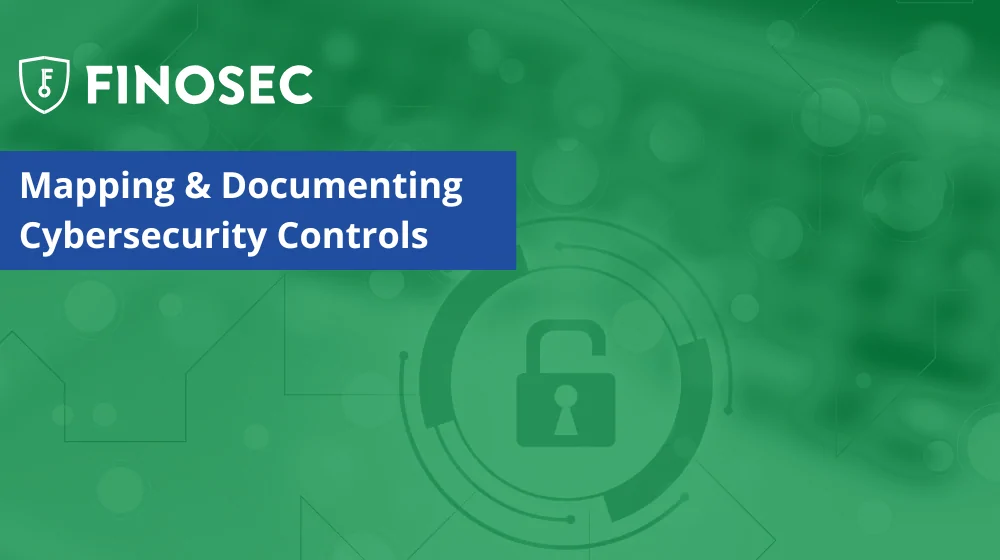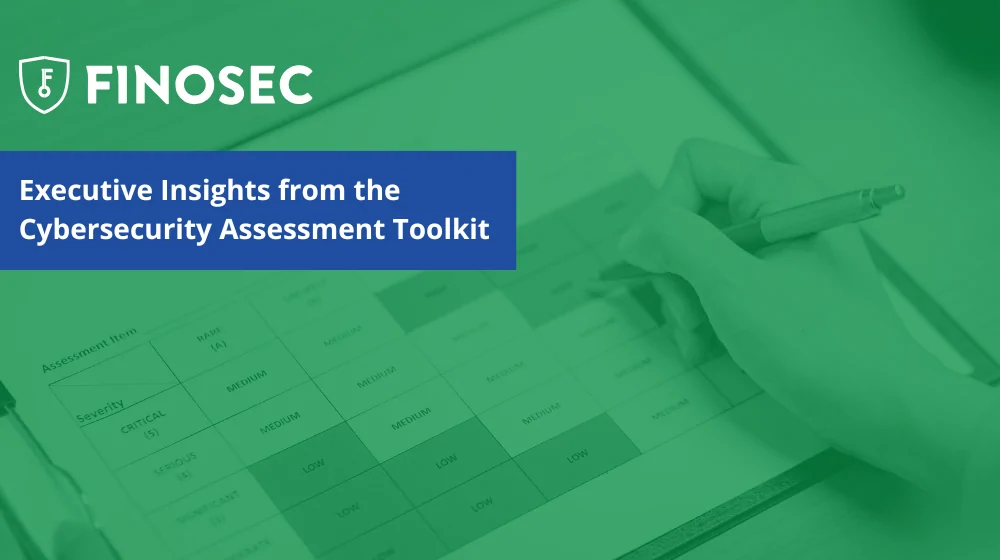Managing access to banking systems has become increasingly complex as financial institutions navigate legacy reporting systems, API access, and cloud solutions. These challenges, along with the risks posed by unmanaged systems, emphasize the need for maintaining a comprehensive system inventory to track and manage employee and vendor access. Without proper oversight, institutions face heightened cybersecurity threats and may fall short of regulatory standards such as those outlined by the FFIEC; making it crucial to enforce visibility, governance, and least privilege access controls.
A detailed system inventory acts as a foundation for effective risk management, providing insights into system functions, locations, and third-party access. By documenting all systems, financial institutions can ensure compliance with regulatory requirements, mitigate security risks, and optimize user access based on role and system risk. Regular reviews, access control audits, and assigning system ownership further strengthen the security posture and operational efficiency of the institution.
However, much of the information necessary to properly manage user access is buried in hundreds of pages of reports; making the process to effectively manage access inefficient at best and too complex at its worst. If you’ve been struggling to identify the necessary steps to create a foundational user access review process, download our free e-book “The Critical Foundation of Managing Access to Banking Systems” to help identify where your institution should start.






